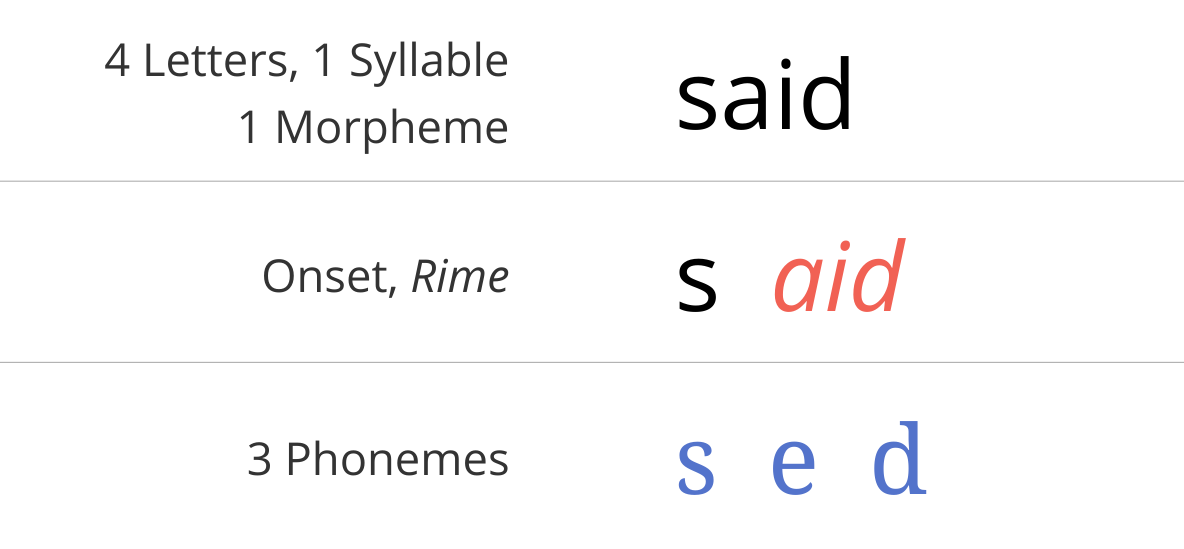Educators on the right and left condemn grade inflation in K-12 and universities. Inflated grades mark the transformation of education from actual learning to credentialing.
Grade inflation at America’s universities is a national scandal. GPAs were already inflated in the 1980s. According to a 1991 study, GPAs increased from 2.38 to 2.91 between 1962 and 1985 in select departments at eight prominent schools. Only 13 percent of course grades were above a B+ in 1962, a number that doubled by 1985. In 2012, 42 percent of grades were A’s. More than 50 percent of students routinely exceeded B+ in their classes in 2020. The median grade-point average for college graduates increased from 2.7 in 1987 to over 3.25 in 2020.
In 1962, there was nearly half a grade-point gap between “high-grading” departments such as English, political science, philosophy, and art and “low graders” such as chemistry and math. A gap remained until at least 2010, when one studyrevealed that 71 percent of education-class grades were A’s, along with 67 percent of music grades, while only 29 percent of math grades were A’s. This gap has narrowed or disappeared today. Average math GPAs have spiked above 3.25, and engineering averages were 3.17 in 2020, according to Best Colleges. Both figures were higher than social-science GPAs. The Covid spike has taken grades even higher across the board.
If only one university tries to address the grade-inflation crisis, its students are at a significant competitive disadvantage.
